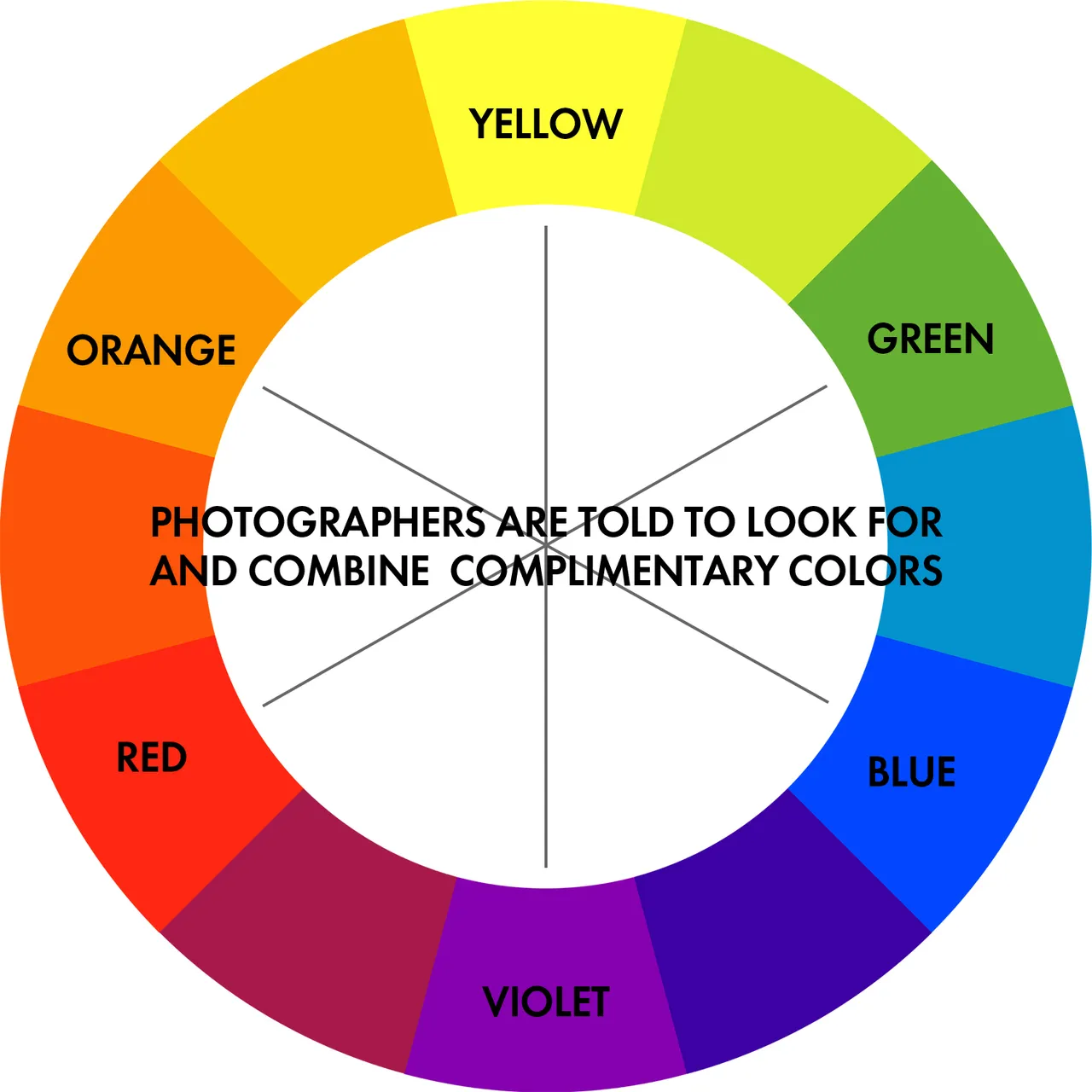
One of the basic components of photography is shading, and it's the most neglected component. We invest all the energy in considering the confining, principle of thirds, choosing among vertical and flat arrangements. In any case, the shades mixes utilized in an image are as fundamental as some other component in drawing the consideration of the watcher. You should know the essential shades hypothesis for picture takers to make your pictures stand apart of the group.
For quite a long time, it's been realized that tints has physiological and passionate impacts. For instance, the red shading is uncovered to raise the pulse; blue is connected with a quieting impact. Shading is utilized to make balance, make a component stand apart from a foundation or propose confusion or struggle.
How about we comprehend the shading hypothesis of photography:
Essential Colors
A significant number of us think about the essential shades, we as a whole have found out about them in school. They are the hues that can't be made by blending two hues, they are essential shades of a shading wheel. While a standard craftsman shading wheel utilizes red, yellow and blue as essential hues numerous picture takers think with respect to RBG (red, blue and green) shading range.
Optional Shades
Auxiliary hues are a consequence of the blending of essential hues. On the picture takers shading wheel, these shades are orange, purple and green.
Tertiary Hues
Tertiary hues are made by joining the auxiliary and essential shades. For example, when utilizing the main yellow, blue and red tints wheel blending the orange and red or green and blue would bring about tertiary tones.
Reciprocal Shades
One of the most widely recognized connections is between the extra shades. Integral hues fall in the inverse from each other on the shading board. These hues grow high differentiation and catch the watcher eye.
Practically equivalent to Colors
Practically equivalent to tints are alongside one another on the wheel. Utilizing comparable shades make a progressively agreeable shade plan and low-differentiate.
Monochromatic Hues
The monochromes are normally alluded as high contrast; monochromatic conceals are produced using tints of only one shade, for instance, a few distinct tones of blue. Monochromatic shades are low conversely and as a rule make a mitigating look.
This article just gives a short learning of the shading hypothesis and how to function with it. The more you think about shades and their effects on your photos, the more you can control your piece and become a master picture taker.